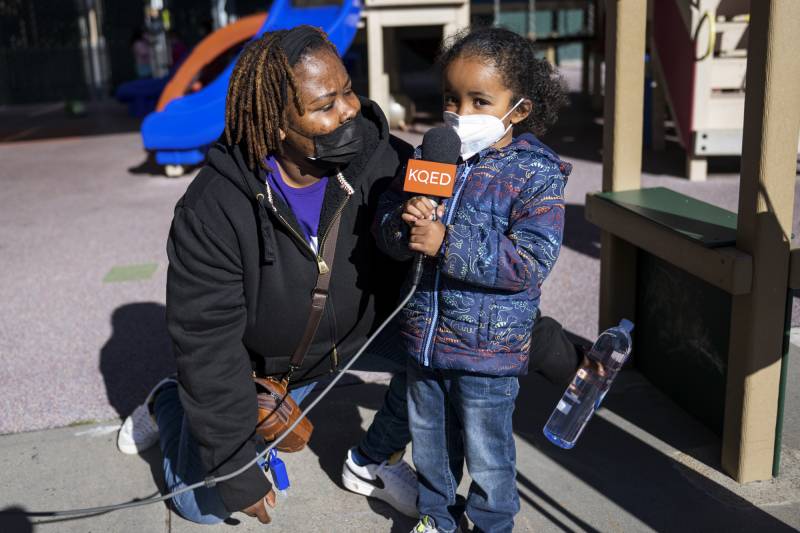Perhaps Jimmie Fails said it best in the 2019 film, The Last Black Man in San Francisco.
As he rides Muni, Fails — an actor who himself is a born-and-raised San Franciscan — overhears a conversation between two other passengers who are listing off their complaints about moving to and living in the city. One of them suggests that they move to Southern California. “The city is dead,” she says.
Fails interrupts their conversation. “You don’t get to hate San Francisco,” he says. “You don’t get to hate it unless you love it.”
Living in the Bay Area is definitely not always straightforward or easy. Ask anyone working two or even three jobs to afford their rent. Or someone who no longer feels safe parking their car to get groceries after being robbed in a car break-in.
But despite how complicated it is to live here, the Bay Area still inspires love and community for so many of us who call this place home — and don’t necessarily want the Bay’s story to always be told by national news outlets or online commentators who’ve never lived here.
So we want to know: What stories are not being told about the Bay Area? How do you think the place we call home is misunderstood?
Tell us: What does the Bay mean to you?
You could share:
- Your favorite place in the Bay and what it means to you.
- An aspect of living here that makes it worth it for you.
- How you define your feelings for this place (even if they’re complex).
- What you think the rest of the country should know about this place — that they haven’t already heard before.
You could see your answer featured on KQED.org, KQED’s social media or on KQED Public Radio. We’ll only use your email address to get back in touch with you if we have follow-up questions about what you tell us, or to sign you up for our News Daily email if you check that box below.

